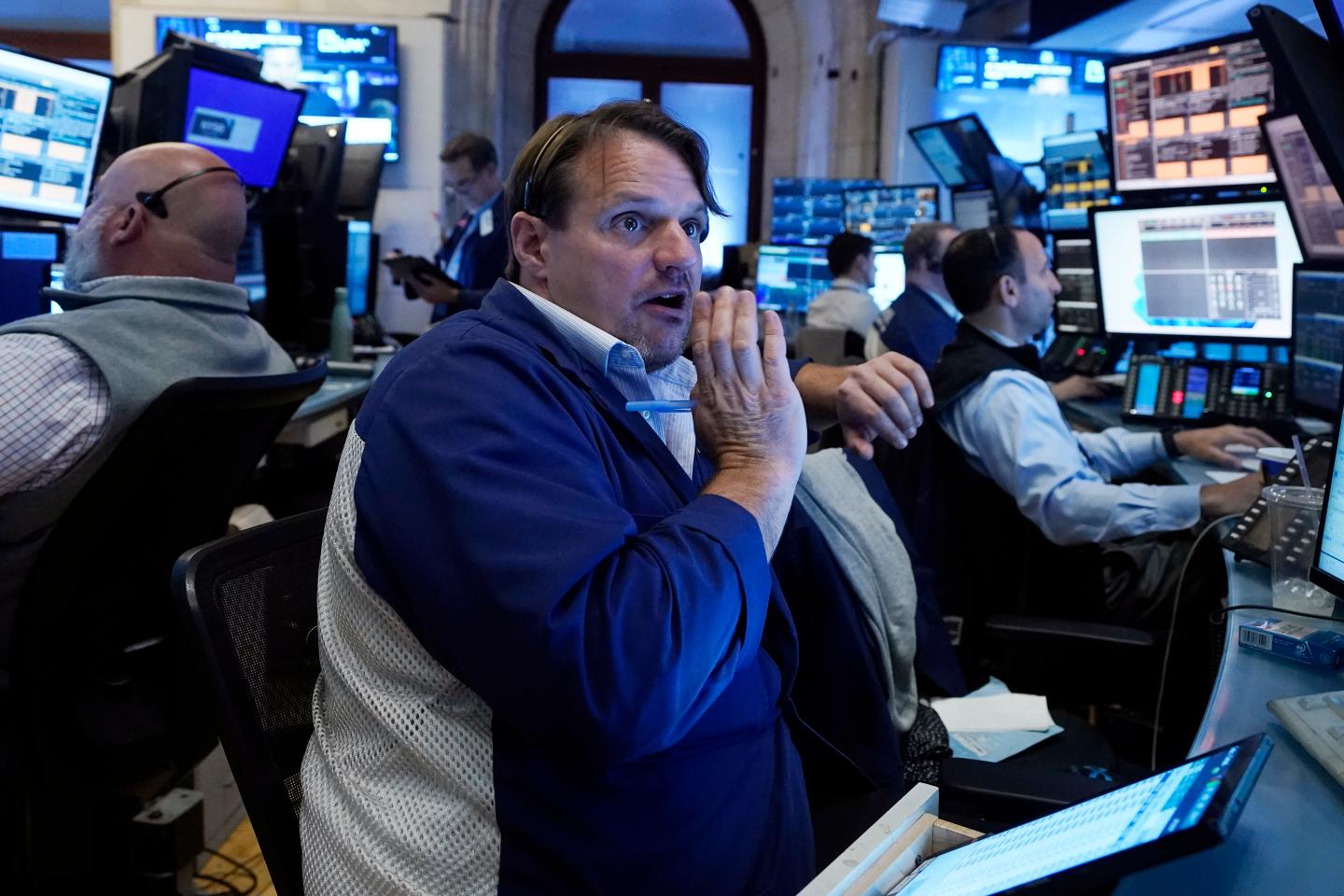Finance
EBRD and EU finance Serbian businesses via OTP Banka Serbia

-
EBRD lends €60 million to its longstanding client, OTP Banka Serbia -
Financing is for investment support to small and medium-sized enterprises -
SME Go Green portion of the loan will be supported by EU incentive grants
The European Bank for Reconstruction and Development (EBRD) is providing €60 million in financing to OTP Banka in Serbia. As part of the financial package, €10 million will be lent through the EBRD’s small and medium-sized enterprise (SME) Go Green programme that is supported by the European Union (EU).
The financial package will enable OTP Banka to continue supporting local SMEs’ investments in upgrading their technology and equipment, boosting competitiveness and supporting export potential. The loan will also support Serbia’s green economy: 50 per cent of the SME loan and 70 per cent of the SME Go Green portion will be on-lent for investments aligned with the EBRD’s Green Economy Transition (GET) approach.
Upon successful completion of their investment projects, SMEs financed through the SME Go Green programme will be eligible for a cashback grant of 10 per cent of the loan amount, or 15 per cent for investments in renewable energy and the agribusiness value chain. The incentives will be provided by the EU to help bridge the gap between high upfront costs and future return on investment.
SMEs are the backbone of the Serbian economy, providing two-thirds of the country’s employment. Improving their access to finance is vital for Serbia’s sustainable and inclusive economic growth, as well as its integration in regional and global markets.
OTP Banka Serbia is a longstanding partner of the EBRD, with a strong track record of supporting local SMEs that focus on green transition and sustainability. It is the largest retail and corporate creditor and the second-largest bank in the country. With 155 branches across its regions, OTP Banka is well positioned to provide financing to businesses beyond Serbia’s largest cities.
To date, the EBRD has invested more than €8.7 billion in Serbia through 342 projects, of which majority supported the private sector.

Finance
CIB’s green finance initiatives: Pioneering sustainable banking in Egypt – Dailynewsegypt

Islam Zekry, the Group Chief Financial Officer at the Commercial International Bank – Egypt (CIB), emphasised the bank’s commitment to sustainable economies. CIB aims to stabilise the per capita share of gross domestic product (GDP) across Africa by focusing on green assets. Notably, CIB’s green assets account for 12%, a significant commitment even though this percentage remains well below the global average of 1%.
During his participation in the “Climate Risk Mitigation: The Role of Financial Institutions” symposium, held on the sidelines of the Wall Street events in Kenya, Zekry said that CIB is striving to invest in understanding its customers. This is why it created the D-squared framework. It depends mainly on data to understand the nature of customers and ensure that the offers made to them are attractive from the perspective of transaction costs and others, so that the bank becomes generally more attractive to future customers.
“This framework is our gift to Africa to create a more balanced business and provide attractive products to customers. That can help make more profits without creating any additional financial risks to the general economy,” he said.
Zekry also noted that CIB is starting to entrench ESG as a business to generate a positive return for shareholders as well as for the economy, creating a win-win situation for everyone.
He also explained that the bank is working to transform green financing into products for individuals. It worked to provide a solar energy financing loan, to support customers to switch to less expensive energy and encourage them to use renewable energy. From a technical standpoint, renewable energy is an alternative means that meets the same needs, but in a cost-effective manner.
He explained that the bank works to utilize opportunities, and human capital capabilities through a group of well-trained, competent consultants, to reflect the value that can be created for giant construction companies.
Zekry went on to explain that there are two types of trends: one that focuses mainly on the governance aspect, reporting the percentage of green assets and adhering to the percentage of TCFD, EGRD, and others. This is a rather strict approach but may create added value. The other approach revolves around dealing with the matter as bankers. “We try to create added value for all our partners and stakeholders, not only in Egypt and Kenya but anywhere where we serve customers. We have regulatory frameworks, environmental, social and governance frameworks,” he said.
He added: “Technically, I think we need to come up with a global standard, a global code for green finance or sustainable finance, or whatever standard that is globally accepted.”
Zekry noted that the classification of data and percentages serves the digital reports of green standards worldwide, therefore everyone must know what should be done and what should not be done and how the process is organised. “Even in the same country, we could easily see conflicting views,” he said. Additionally, when looking at the classification In the European Central Bank’s data, we will find about a 30% to 40% mismatch, not only in the industries that are classified as harmful, but also in the way they are dealt with, and the way the weight of those industries is calculated, which makes this global framework a necessity.
According to Zekry, the main problem is not in directing funds to Africa, but rather in creating a future that is free of climate risks. Furthermore, the financing coming from development funds must have some kind of allocation mechanism, especially in terms of environmental, social and governance issues. Zekry stresses that incentives are necessary, as well as identifying appropriate and future opportunities to direct funds to Africa.
Finance
Available Finance Q4 Results Live : profit falls by 14.56% YOY

Available Finance Q4 Results Live : Available Finance declared their Q4 results on 30 May, 2024. The topline increased by 30.92% & the profit decreased by 14.56% YoY.
Compared to the previous quarter, the revenue grew by 0.51% and the profit decreased by 32.28%.
The Selling, general & administrative expenses declined by 16.72% q-o-q & decreased by 0.5% Y-o-Y.
The operating income was down by 7.21% q-o-q & increased by 50.35% Y-o-Y.
The EPS is ₹32.25 for Q4 which decreased by 14.58% Y-o-Y.
Available Finance has delivered -0.81% return in the last 1 week, 142.63% return in the last 6 months and 69.49% YTD return.
Currently, Available Finance has a market cap of ₹307.49 Cr and 52wk high/low of ₹341.4 & ₹99.55 respectively.
| Period | Q4 | Q3 | Q-o-Q Growth | Q4 | Y-o-Y Growth |
|---|---|---|---|---|---|
| Total Revenue | 0.14 | 0.14 | +0.51% | 0.11 | +30.92% |
| Selling/ General/ Admin Expenses Total | 0.03 | 0.03 | -16.72% | 0.03 | -0.5% |
| Depreciation/ Amortization | 0 | 0 | -0% | 0 | +400% |
| Total Operating Expense | 0.06 | 0.05 | +14.46% | 0.05 | +10.08% |
| Operating Income | 0.08 | 0.09 | -7.21% | 0.05 | +50.35% |
| Net Income Before Taxes | 0.08 | 0.09 | -8.85% | 0.08 | +4.27% |
| Net Income | 32.91 | 48.6 | -32.28% | 38.52 | -14.56% |
| Diluted Normalized EPS | 32.25 | 47.63 | -32.29% | 37.75 | -14.58% |
FAQs
Question : What is the Q4 profit/Loss as per company?
Ans : ₹32.91Cr
Question : What is Q4 revenue?
Ans : ₹0.14Cr
Stay updated on quarterly results with our results calendar
You are on Mint! India’s #1 news destination (Source: Press Gazette). To learn more about our business coverage and market insights Click Here!
Download The Mint News App to get Daily Market Updates & Live Business News.
More
Less
Published: 02 Jun 2024, 02:17 AM IST
Finance
The US sees the clouds of a financial crisis gathering on the horizon

The longer interest rates remain high, the greater the risk of financial trouble. Joe Biden’s term in office began with the resurgence of a trend in inflation that had disappeared three decades ago, and it could end with a financial crash in the US. An office real estate crisis, a venture capital downturn, the risk of unlisted debt, Wall Street’s artificial intelligence bubble and abysmal deficits: The signals are proliferating, raising fears that the blue skies of full employment and growth might turn into storm clouds, brought on by persistent inflation and high interest rates, both slow poisons for the national economy.
The country got a taste of this in March 2023, when one regional bank after another went bankrupt for making rookie mistakes. They had made long-term investments with their clients’ funds and were then squeezed by the general rise in rates: Their customers withdrew their deposits to discover short-term remuneration equivalent to that offered by the Federal Reserve (Fed) – 5.25% per year – while the value of their long-term investments had fallen (when rates rise, the value of a bond falls to adjust in line with the market). The fire was put out by the Fed and J.P. Morgan, Wall Street’s “boss” in the event of a serious crisis.
One year later, high rates have continued to spread their venom. As is often the case, crises come as a surprise, emerging where no one saw them coming, often because the system is not transparent and does not allow for risk assessment. Private finance will feel the impact first – though not “private” as opposed to “public” (almost nothing is public in the United States), but rather as opposed to “listed on the markets.”
The first issue is office real estate. The 2010s were characterized by a frenzy of construction, which crashed up against the wall of Covid-19 and the mainstreaming of remote work, especially in expensive cities such as New York, San Francisco and Chicago. With 110 million square meters of vacant office space in the country, landlords are caught between plummeting rents and occupancy rates and rising interest rates. The Wall Street Journal (WSJ) examined securitized real estate loans, which account for less than 15% of loans but give a good indication of the state of the market.
Within 12 months, $18 billion (€16.6 billion) of securitized loans will have to be repaid – double the figure recorded in 2023. According to the WSJ, only 35% of the loans have been repaid at maturity as scheduled in 2024, compared with 99% in 2021. This is worse than the 37% repayment rate that was reached in 2009 in the wake of the great financial crisis, according to Moody’s Ratings. These non-repaid loans are not necessarily the result of bankruptcies, but renegotiations or extensions. Nevertheless, the tension is high.
You have 66.77% of this article left to read. The rest is for subscribers only.
-

 News1 week ago
News1 week agoRead the I.C.J. Ruling on Israel’s Rafah Offensive
-

 News1 week ago
News1 week agoVideo: Protesters Take Over U.C.L.A. Building
-

 World1 week ago
World1 week agoHoping to pave pathway to peace, Norway to recognise Palestinian statehood
-

 News1 week ago
News1 week agoLegendary U.S. World War II submarine located 3,000 feet underwater off the Philippines
-

 World1 week ago
World1 week agoFamilies of Uvalde school shooting victims sue Microsoft, Meta and gunmaker
-

 Politics1 week ago
Politics1 week agoHunter Biden attends pre-trial hearing in Delaware court on federal gun charges
-

 Politics1 week ago
Politics1 week agoDefense Secretary Lloyd Austin to undergo nonsurgical procedure, Deputy Kathleen Hicks will assume control
-

 News1 week ago
News1 week agoHere are three possible outcomes in the Trump hush money trial : Consider This from NPR














